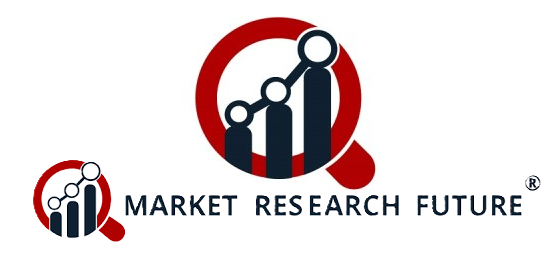Digital Traceability Strengthening Feed Testing Market Framework

Navigating the Regulatory Landscape for Feed Testing Globally
A guide to the complex regulatory environment for feed testing, covering key agencies and standards in regions like the US, EU, and Asia.
The feed testing market does not operate in a vacuum; it is deeply intertwined with a complex and often fragmented global regulatory landscape. For feed manufacturers and producers engaged in international trade, navigating these regulations is not just about compliance—it's a fundamental requirement for market access. Understanding the key players and standards is essential.
In the United States, the primary regulatory authority is the Food and Drug Administration (FDA) through its Center for Veterinary Medicine (CVM). The implementation of the Food Safety Modernization Act (FSMA) has been a game-changer. The FSMA's Animal Feed Rule mandates that feed facilities implement hazard analysis and preventive controls, which inherently requires robust testing for identified hazards like mycotoxins and pathogens. The Association of American Feed Control Officials (AAFCO) also sets detailed ingredient definitions and nutritional standards that are adopted by state regulators.
The European Union (EU) has one of the world's most stringent feed safety regimes, governed by the principle "from farm to fork." Regulation (EC) No 183/2005 lays down requirements for feed hygiene, making feed businesses responsible for ensuring safety at every stage. The European Food Safety Authority (EFSA) provides scientific opinions on contaminants, which form the basis for strict maximum permitted levels (MLs) for substances like mycotoxins, dioxins, and heavy metals in feed.
The Asia-Pacific region presents a diverse and rapidly evolving picture. Countries like China, with its vast livestock population, have been strengthening their feed safety laws, issuing positive lists of approved feed additives, and setting residue limits. Japan and Australia also have well-developed regulatory systems. However, the lack of harmonization across the region can be a challenge for exporters, who must ensure their products comply with each specific country's import requirements.
This complex regulatory patchwork makes the role of feed testing laboratories more critical than ever. They must be proficient not only in analytical techniques but also in the constantly evolving regulatory limits of their target markets. Compliance ensures smooth trade, protects animal and human health, and mitigates the risk of costly recalls. This dynamic regulatory environment is a constant subject of analysis in professional resources like the feed testing market report.
FAQs:
-
Who regulates animal feed in the USA?
-
The FDA's Center for Veterinary Medicine (CVM) is the primary federal regulator, with state-level adoption of standards set by AAFCO (Association of American Feed Control Officials).
-
-
Are mycotoxin limits the same everywhere?
-
No, maximum limits for mycotoxins and other contaminants can vary significantly between countries and regions (e.g., the EU vs. the USA), depending on local risk assessments and political decisions.
-



